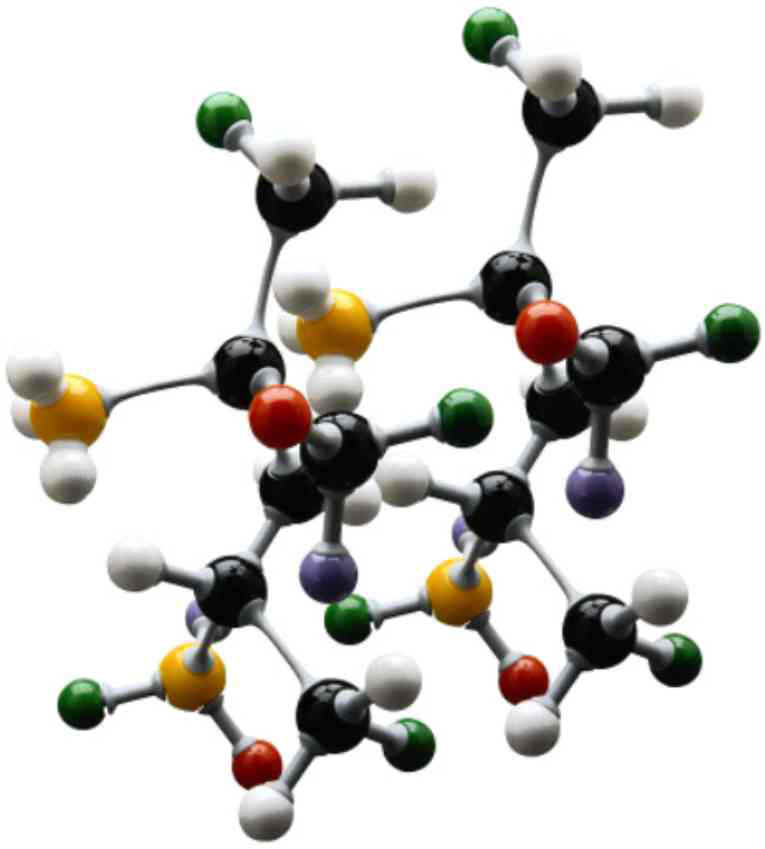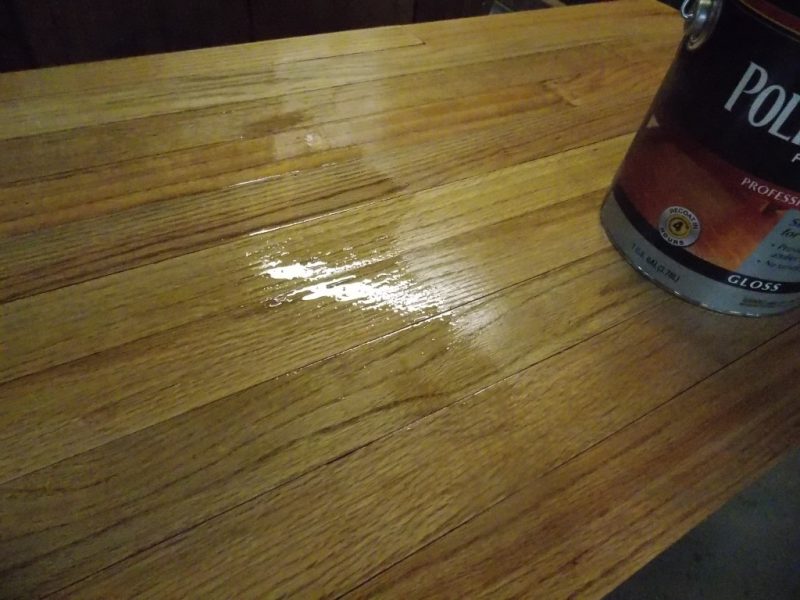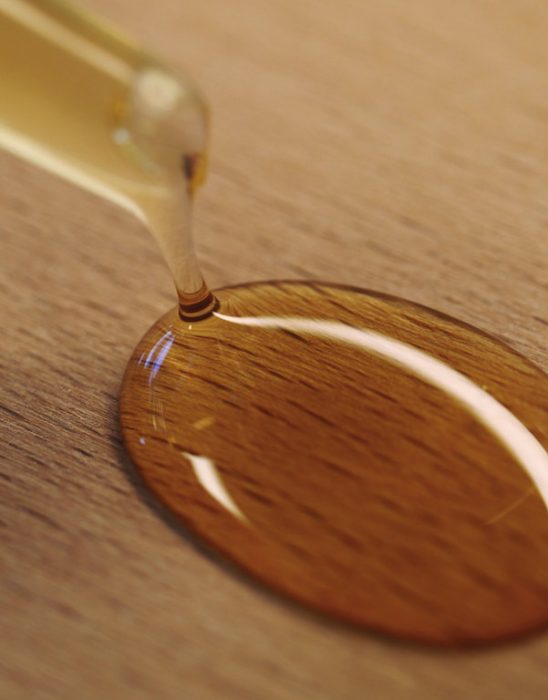We mentioned catalysts when we talked about polyurethane varnishes or those acrylic. They are not only used with these types of varnishes, being part of the reaction with other varnishes. With some materials they are used only to improve certain qualities and not as a condition for drying. Catalysts are not like a solvent but are part of the reaction, forming together with the base component the varnish film (polyester varnishes are an exception, but about that another time). That's why I think their role deserves a more detailed explanation.
I start by asking you not to panic, because I'm going to talk a little bit like in chemistry class. I know that the word "chemistry" alone has already halved you, but please get over your phobia. I'll try to humanize it a little. As I was saying, catalysts are part of the film formation process. The mixing of the two components A and B is designed in such a way that the chemical reaction between them results in a totally new product - the varnish film - with different properties. If the mixing ratio is not respected, a different product with different qualities results.

Take for example polyurethane varnishes. Between their components has a chemical reaction called cross-linking. It's as if people from two different groups join hands and get caught in a game. The game is calculated in such a way that each person links up with 2 from the other group. Now imagine that each person has 4 hands (that's pretty much what reticulation is like) and they link up with 4 people. Can you imagine the result? How well each person will be trapped and how hard it will be for this mass of people to be attacked from the outside? That explains the much greater toughness of a catalyzed film and its superior properties.
There is always a mixing ratio between the 2 components. If it is not respected, problems can arise. Going back to the model above, if the number of people is not respected, there will be loose hands or even people not in the game, either on one side or the other. These free hands can get caught on something else at any time and this can damage the game. When the number of free hands is small, even if they get caught on something else, they cannot influence a table as large as the whole game. If, however, the free hands become dominant, they can lead the game in unforeseeable directions.

That's about what happens with the mixing ratio. At small variations the influence is also small. When the mixture differs considerably from the recommendations, the excess part starts to dominate and often the outcome cannot be predicted. Basically, excess lacquer means a soft or non-drying film, and excess catalyst means a more brittle, friable film. But no one can say exactly what other side effects may occur.
There are products that can be used both with and without catalysts. This is the case for some hydrodilutable materials, but also for nitrocellulose (nitro combined) or acrylics. In this case the products dry even without being catalyzed, sometimes over a longer time. By adding catalyst, the degree of cross-linking is achieved which gives the film superior strength.
It should also be known that hardeners (as catalysts are also called) are moisture-sensitive subsubstances. Following on from the above idea, they love to play with water, so when they find it, they react immediately and turn into a solid, white and very brittle substance. It also reacts with moisture in the air, that in the form of vapors, which is why catalyst canisters should not be left open.

Calculate carefully how you use the catalyst because even if the can is kept closed, it will still harden after a while. Moisture in the air, which has entered the canister when it was opened, will slowly activate the catalyst and make it react. To prevent this from happening to the catalyst in the original canister, packaging is done in a nitrogen environment.
In the case of water soluble products catalyzed, a certain mixing procedure must be followed to avoid problems. First add the dilution water to the base product, mix very well, then add the catalyst in a thin stream under stirring. This avoids the catalyst coming into direct contact with the water and turning into small solid particles that can clog the pump or spray gun.
I very much want this article to help you better understand some of the rules when finishing wood, and I hope it wasn't too academic. What I wish is that together we end up making the most beautiful pieces of furniture and not to remind you of chemistry class. 🙂


































You have managed an extremely clear explanation. In school I ran away from chemistry. But as you have exposed here, it makes me understand and love it. And to get closer and closer to wood. Please continue with your explanations. You post some great lessons here. Thank you.
Chemistry doesn't have to be a scare because we live with it all the time. I'm so glad I've made my point and thank you for telling me so.
I would like to paint a tennis racket, it is made of carbon fiber, what do you advise me to do and what products to buy.
Below I found an article on the net in English from which I posted something below.
Almost all the finishes you find on commercial products - cars, tennis rackets, bicycles, pre-finished wood floors, etc. ... use
or chemically catalyzed formulations,
or UV catalyzed.
None of these you'll find in a regular hardware or house paint store.
Chemically catalyzed paints are usually two-part mixtures that cure like epoxy resin or fiberglass, although there are differences between these resins and what you'll find in paints.
Good evening!
The most resistant varnishes for wood are chemically hardened or UV hardened varnishes. In both cases the resistance is due to the advanced polymerisation of the resin caused by a catalyst or the action of UV light. For UV-cured varnishes you need lamps, as this is a system that is used more in factories where such systems exist. Chemical hardening varnishes are simpler to use. They are applied like any other varnish after mixing the two components (varnish and hardener).
The problem in your case is to find the perfect balance between hardness and elasticity. A very hard varnish is less elastic and vice versa. If it is not elastic it breaks easily. If it is not hard it will crack very quickly.
I would go for a water based varnish with 10 or 20% catalyst for the floor. Water based varnishes are more elastic and the catalysis gives it extra hardness.
All the best!